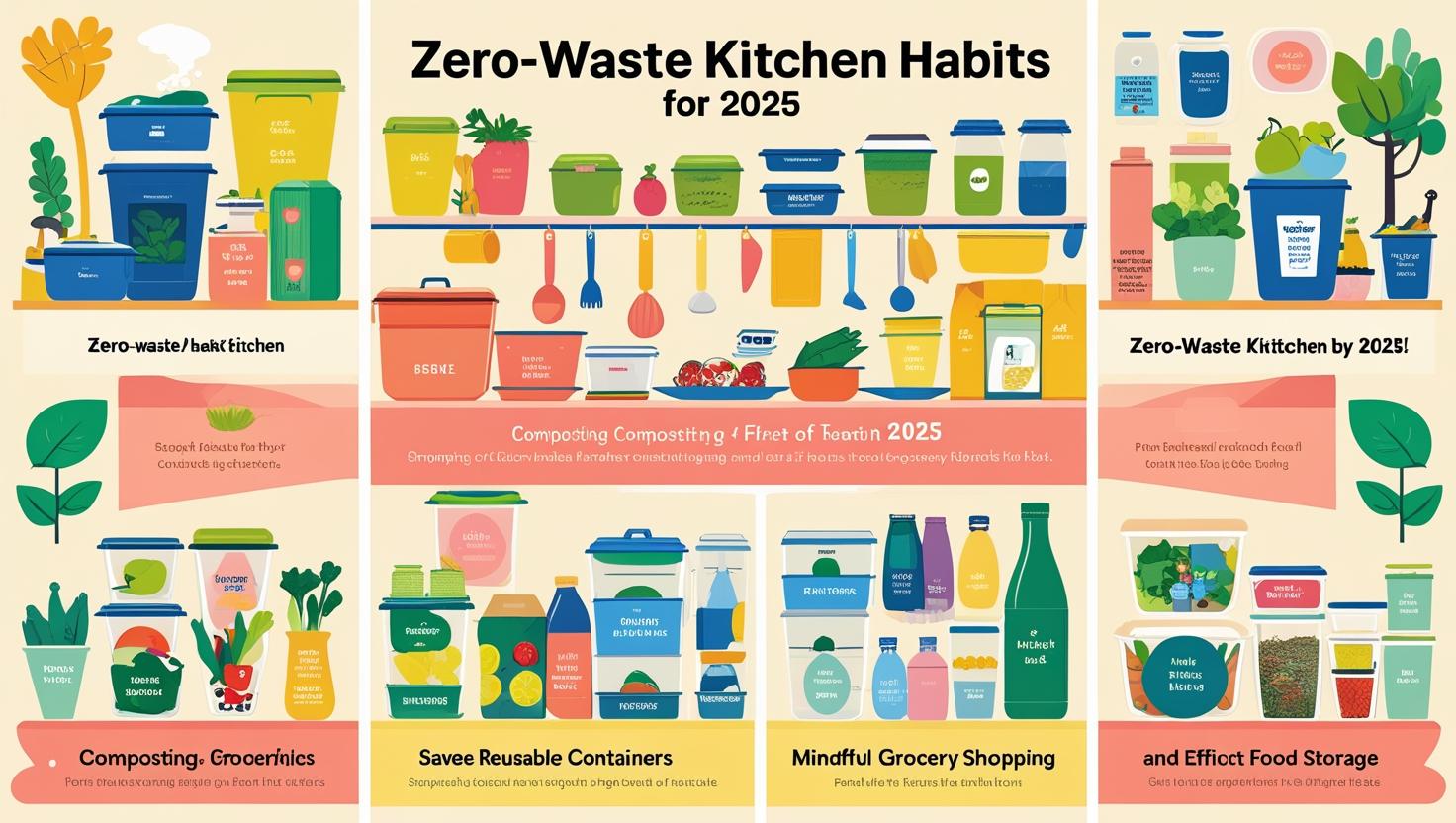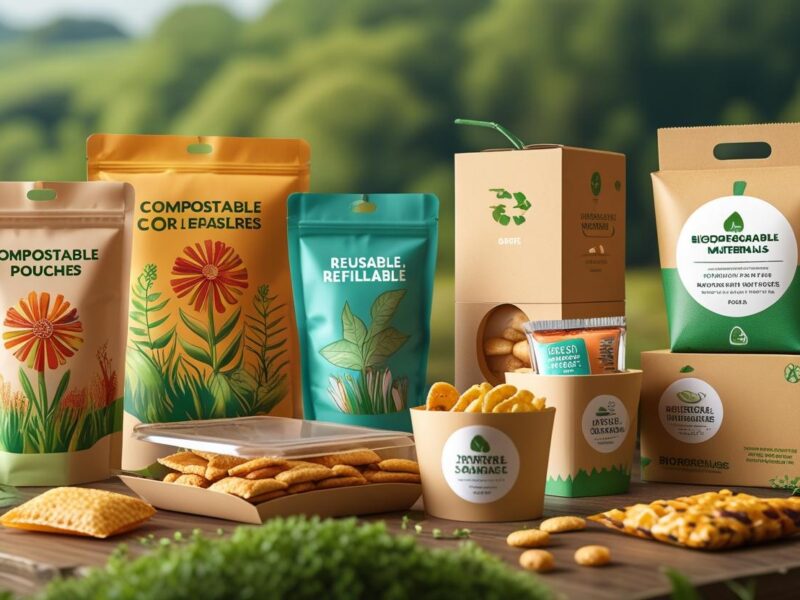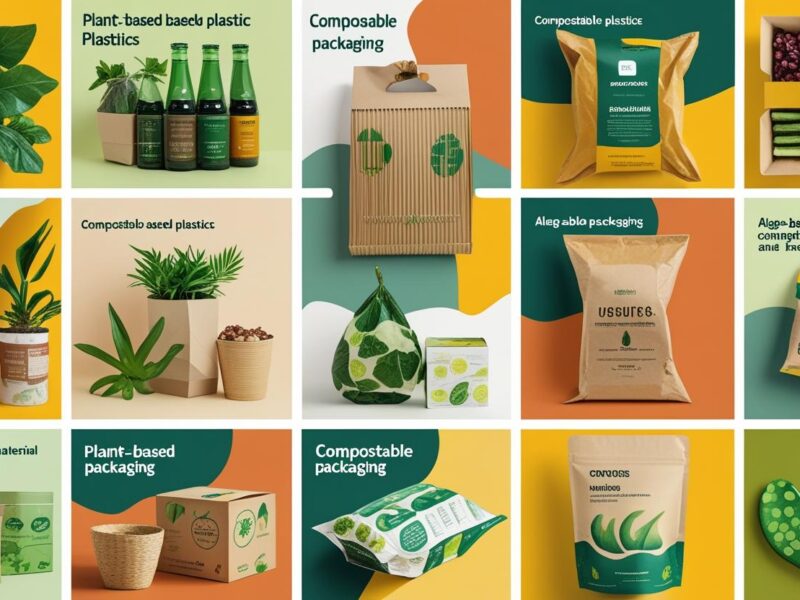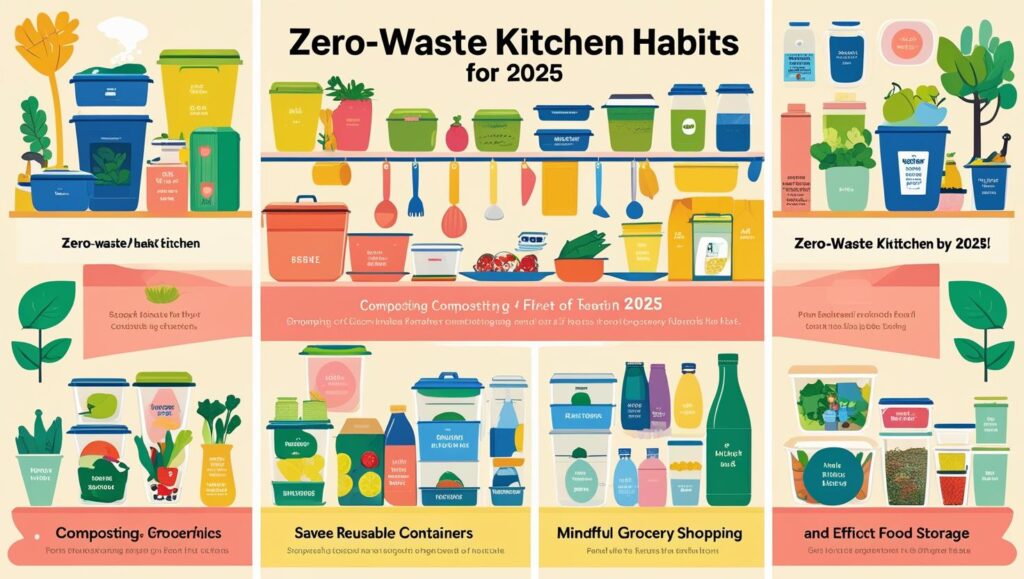
A zero-waste kitchen isn’t just a trendy lifestyle goal — it’s a meaningful way to reduce your carbon footprint, save money, and create a cleaner, healthier home. In 2025, more families are ditching single-use plastics and embracing eco-friendly solutions in their everyday cooking routines.
If you’re ready to turn your kitchen into a low-impact, planet-loving space, here are 10 practical steps to start your zero-waste kitchen journey — even on a budget.
What Is a Zero Waste Kitchen?
A zero-waste kitchen is one that aims to send no trash to the landfill. This means:
- Reducing disposable packaging
- Reusing or repurposing containers
- Composting organic waste
- Choosing sustainable, long-lasting tools
It’s not about being perfect — it’s about progress. Every small change counts.
10 Zero-Waste Kitchen Habits for 2025

1. Switch to Refill Stations & Bulk Buying
Buy grains, nuts, and spices from bulk bins using your own containers. Refilling dish soap, vinegar, or oil bottles helps you cut down on plastic packaging.
Pro Tip: Label your jars so you don’t get your sugar mixed with your salt!
2. Compost Food Scraps
Instead of tossing fruit peels and veggie scraps into the trash, start composting. You can use a countertop compost bin and drop it at your local community compost site or use it in your garden.
Eco Impact: Reduces methane-producing food waste in landfills.

3. Use Beeswax Wraps Instead of Plastic Wrap
Beeswax wraps are washable, reusable, and breathable. Wrap sandwiches, cheese, or cover leftovers — no need for cling film.
Bonus: They come in fun patterns and are completely compostable after use.
4. Bring Your Own Produce Bags
Those thin plastic produce bags from supermarkets? You don’t need them. Invest in mesh cotton produce bags and reusable shopping bags.
Why it matters: Reduces plastic waste with every trip to the store.

5. Ditch Disposable Plates & Utensils
Avoid using plastic spoons or paper plates. Switch to bamboo or stainless-steel alternatives for on-the-go and gatherings.
Quick Win: Keep a “zero-waste kit” in your bag with a reusable fork, straw, and napkin.
6. Use Glass Jars & Containers
Repurpose your pasta sauce jars or jam jars for storing leftovers, spices, or even dry snacks. They look great and last forever.
Pro Tip: Mason jars are microwave- and freezer-safe!
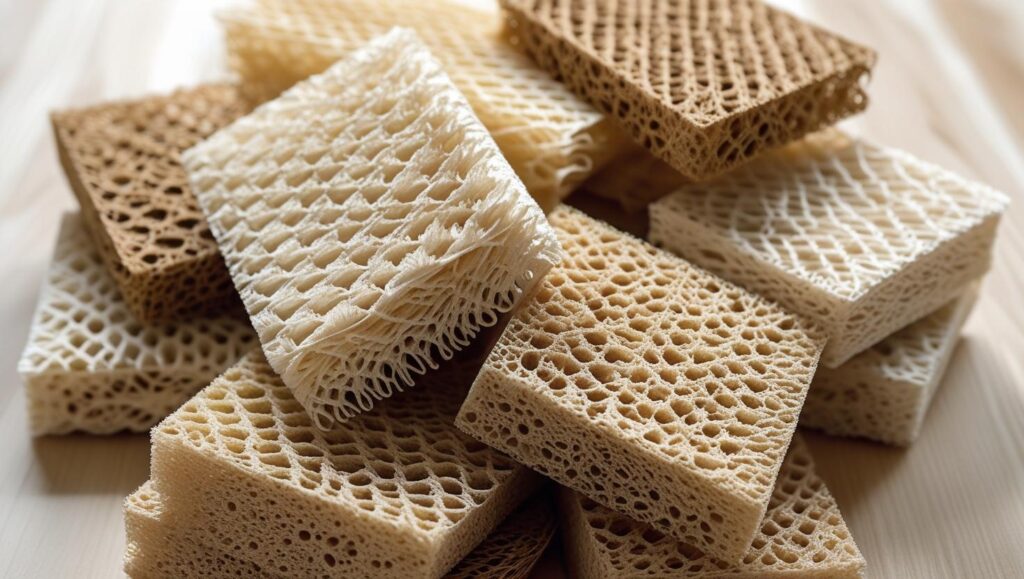
7. Try Compostable Kitchen Sponges
Regular sponges are made from plastic. Choose cellulose, coconut fiber, or loofah sponges — they’re biodegradable and gentle on dishes.
Eco Win: They won’t release microplastics into the water.
8. Save Water While Washing
Turn off the tap while scrubbing, and install a faucet aerator to reduce water usage. Every drop saved counts toward a greener planet.
9. Shop Local & Seasonal
Buying local produce reduces packaging, transport emissions, and supports your local economy. Farmer’s markets are great for finding unpackaged goods.
10. Say No to Over-Packaged Products
Choose brands with plastic-free or compostable packaging. Support companies with sustainable missions — vote with your wallet!
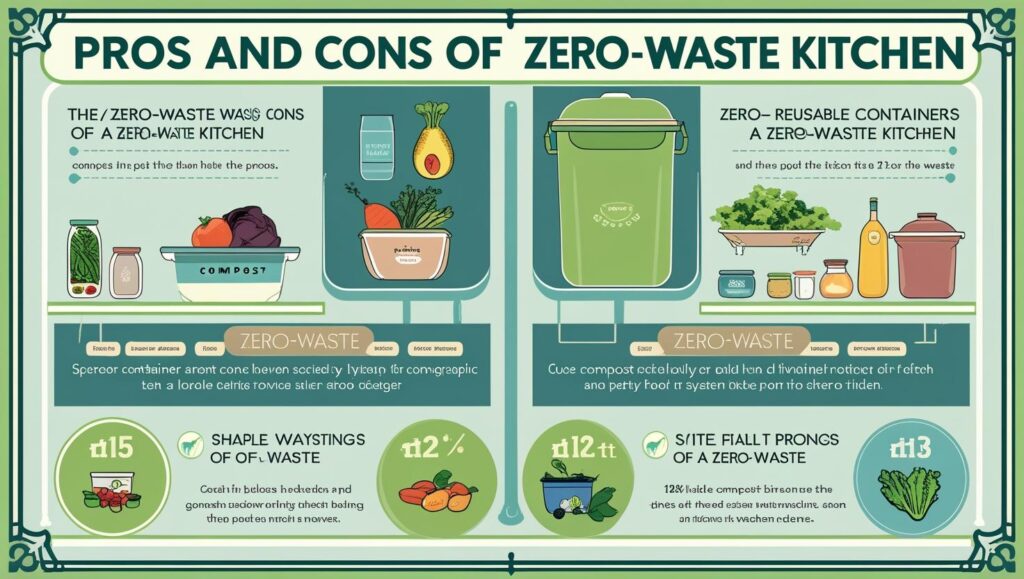
Pros & Cons of a Zero-Waste Kitchen
| Pros | Cons |
|---|---|
| Reduces plastic & food waste | Initial product cost may be higher |
| Saves money long term | Takes time to build the habit |
| Healthier, chemical-free environment | Some tools are not locally available |
| Eco-friendly lifestyle | May require some DIY (like composting) |
Frequently Asked Questions (FAQ)
1: Is going zero-waste expensive?
A: Not at all. While some eco products cost more upfront (like beeswax wraps), they save you money in the long run by replacing single-use items.
2: I live in a small apartment. Can I still compost?
A: Yes! Try countertop compost bins or Bokashi composting systems. You can also donate scraps to local community composts or farms.
3: How do I get started with a tight budget?
A: Begin by reusing what you already have. Glass jars, cloth napkins, or old towels make great eco-friendly alternatives.
4: What’s the biggest source of kitchen waste?
A: Food waste is the largest. Planning meals, using leftovers, and storing food properly can prevent it.
5: How long does it take to build a zero-waste kitchen?
A: It’s a process — not a one-day project. Start small, change one habit at a time, and within a few months you’ll notice real results.
Final Thoughts
You don’t need to throw out your entire kitchen to live sustainably. Begin by using what you have, swap out a few items at a time, and focus on reducing waste — not being perfect. Every eco-friendly step helps you save money and protect the planet for future generations.
